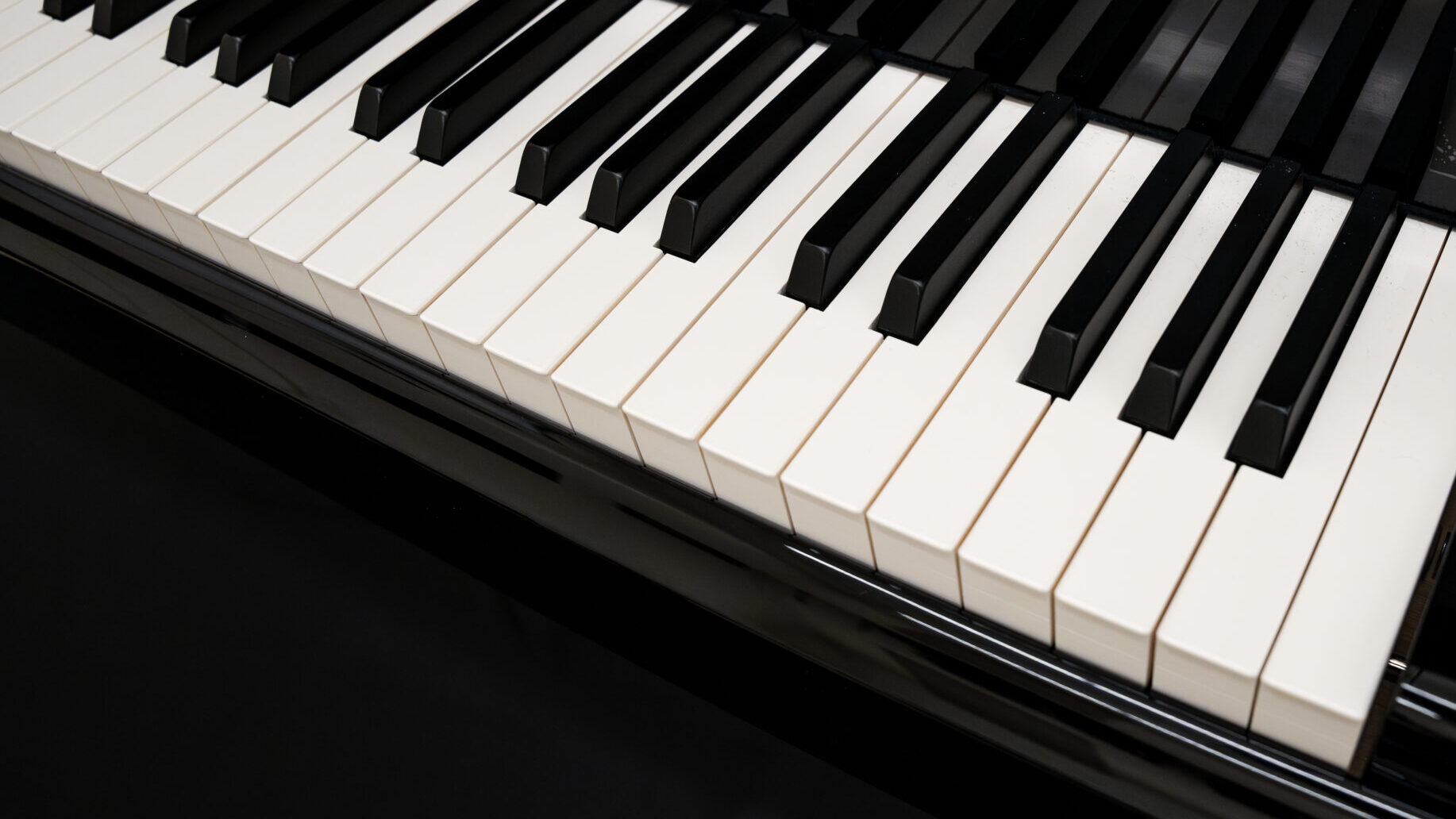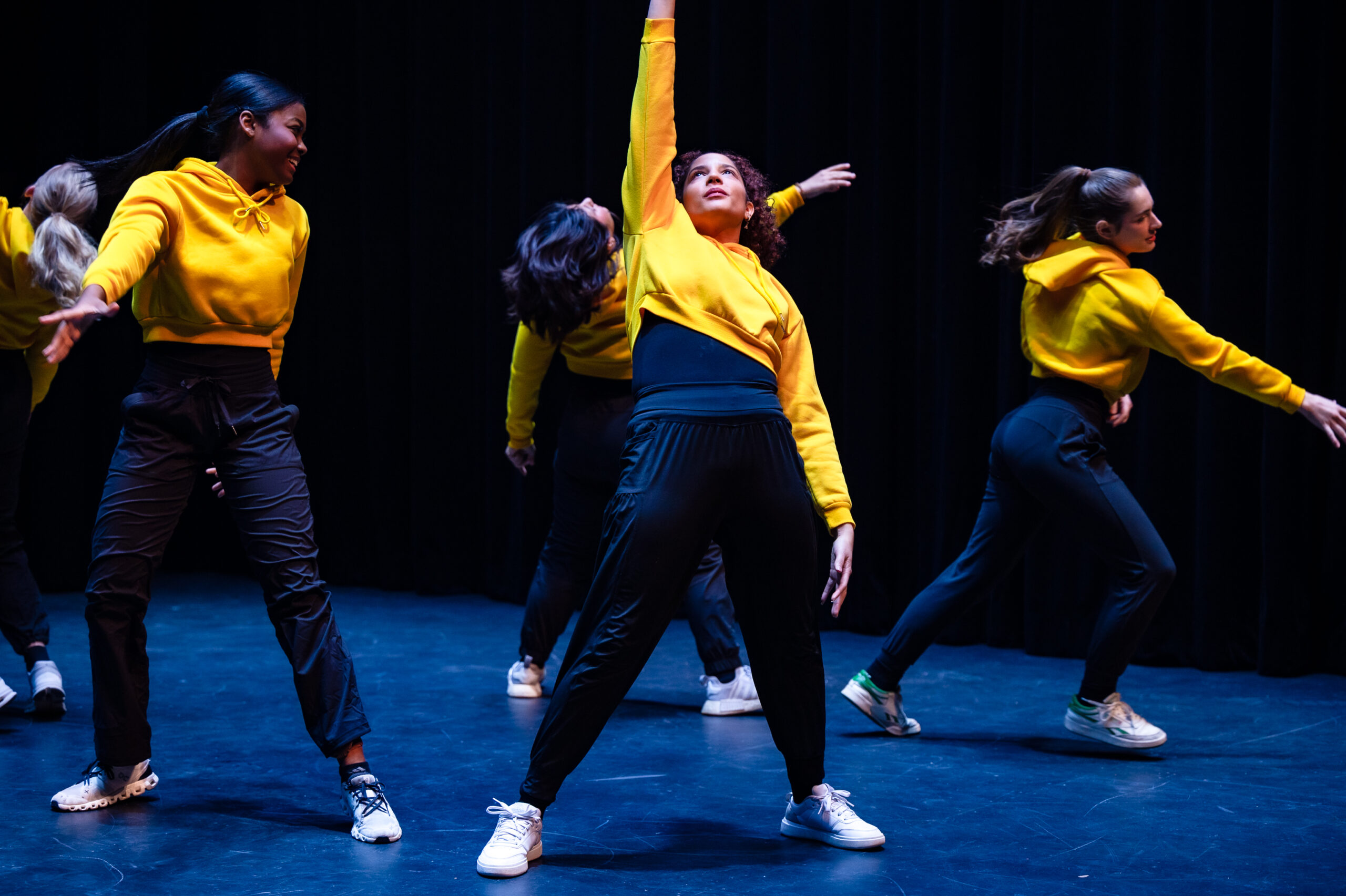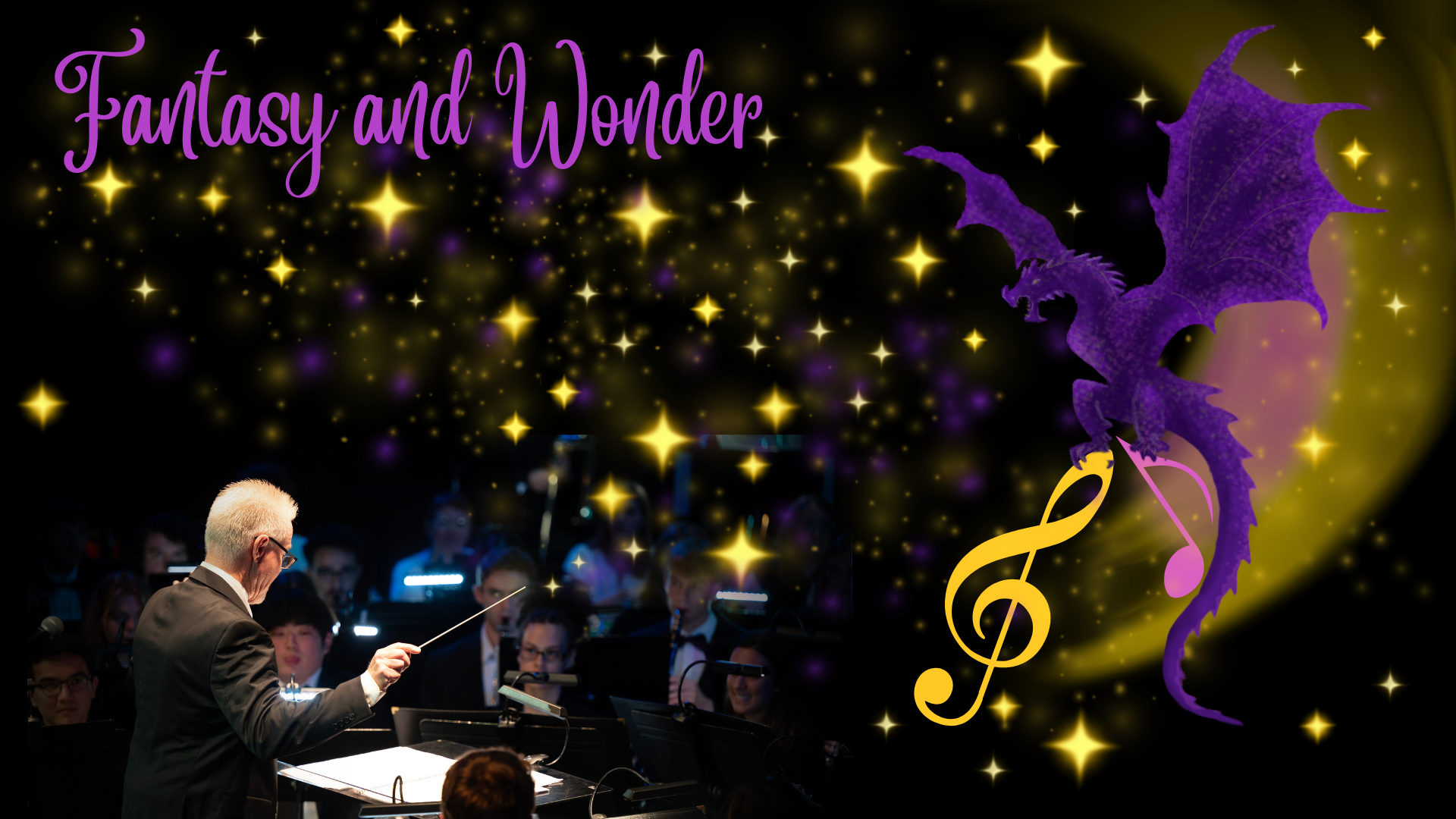NC State Department of
Performing Arts and Technology
presents
Echoes of Emotion
with performances by
Yunjin Lee, Jennifer Beattie and Kurt Tseng
Performance Overview
Jump to a specific spot in the program.
PROGRAM
Select each title for more information.
Two Songs for Voice, Viola and Piano, Op. 91
Johannes Brahms (1833 – 1897)
- Gestillte Sehnsucht
- Geistliches Wiegenlied
Program Note
Johannes Brahms’ Two Songs for Voice, Viola, and Piano, Op. 91 are among the most intimate and heartfelt works in his chamber music repertoire. Composed in 1884, these songs were written as a gift for Brahms’ close friends: the violinist Joseph Joachim and his wife, mezzo-soprano Amalie Joachim. The combination of voice, viola, and piano creates a unique and rich texture, highlighting Brahms’ deep understanding of instrumental and vocal interplay.
Both songs are marked by their lush harmonies, lyrical melodies, and the seamless integration of the viola as a vocal partner rather than merely an accompanist. The viola adds a warm, resonant color to the songs, often mirroring or enhancing the vocal line, creating a dialogue that is both poignant and expressive.
“Gestillte Sehnsucht” (Longing at Rest): The first song is set to a poem by Friedrich Rückert. The text speaks of a peaceful longing for rest and tranquility, expressed through images of nature, such as the evening breeze and rustling leaves. The music reflects this serene mood with its gentle, flowing melody and rich harmonies. The viola plays a central role, echoing the voice and adding depth to the song’s introspective character.
“Geistliches Wiegenlied” (Sacred Lullaby): The second song, with text by Emanuel Geibel, is a lullaby set in the context of the Nativity. It is a prayerful piece, where Mary sings to angels watching over the baby Jesus, asking them to calm the winds, quiet their trumpets, and protect her child while he sleeps. The text is a German paraphrase of a 16th-century Spanish poem by Lope de Vega. The viola begins the setting alone with the tune of the medieval Christmas carol “Joseph, lieber Joseph mein“.
Hermit Songs, Op. 29
Samuel Barber (1910 – 1981)
- At St. Patrick’s Purgatory
- Church Bell at Night
- St. Ita’s Vision
- The Heavenly Banquet
- The Crucifixion
- Sea-Snatch
- Promiscuity
- The Monk and His Cat
- The Praises of God
- The Desire for Hermitage
Program Notes
Samuel Barber’s Hermit Songs is a song cycle composed in 1953 for voice and piano. It consists of ten settings of texts written by anonymous Irish monks and hermits between the 8th and 13th centuries. These texts were often scribbled in the margins of manuscripts and reflect the monks’ daily lives, thoughts, and spiritual reflections. The work is a unique blend of humor, piety, and introspection, capturing the essence of monastic life during the early medieval period.
Barber’s Hermit Songs are marked by their lyrical beauty, concise expression and a deep sensitivity to the text. Each song is a miniature, with its own distinct character, but together they form a cohesive narrative. Barber’s music is characterized by its melodic clarity, directness, and the subtle use of modern harmonic language. The piano accompaniment plays an integral role, often reflecting the imagery and mood of the poems.
***INTERMISSION***
Sonata for Viola and Piano
Rebecca Clarke (1886 – 1979)
- Impetuoso
- Vivace
- Adagio – Allegro
Program Notes
Rebecca Clarke (1886-1979) was a British-American composer and violist, one of the first female musicians to achieve recognition in a male-dominated field. Clarke was a pioneering figure, both as a composer and a performer, with her music gaining considerable acclaim during her lifetime. Despite the challenges she faced as a woman in music, Clarke produced a body of work that remains celebrated today, with her “Sonata for Viola and Piano” being her most famous composition.
First Movement (Impetuoso): The opening movement is marked by its passionate and impetuous character, with sweeping melodies and dramatic contrasts. The viola sings with a rich, expressive line, supported by a piano part that is both powerful and intricate. The movement highlights Clarke’s profound grasp of the viola’s potential, enabling it to stand out as the central voice.
Second Movement (Vivace): This movement provides a sharp contrast to the first with its lively, dance-like rhythms. Clarke’s use of pizzicato and spiccato in the viola, combined with a sparkling piano part, creates a playful and energetic atmosphere. The movement is imbued with a sense of lightness and wit, offering a moment of respite before the more introspective final movement.
Third Movement (Adagio – Allegro): The final movement begins with a slow, lyrical introduction, and full of melancholy. This Adagio section is deeply expressive, allowing for a moment of reflection before the music transitions into a vibrant Allegro. The sonata ends with a triumphant and energetic finale, bringing the work to a powerful and fulfilling conclusion.
MEET THE PERFORMERS
Jennifer Beattie

Mezzo-soprano Jennifer Beattie, hailed by Opera News for her “exuberant voice and personality”, and by the New York Times for her “warmth”, performs a wide range of vocal music from early to experimental. She collaborates as a poet/lyricist with classical, jazz and experimental composers, and co-creates works combining visual & performance art, poetry, music, theater, and science. She has been a featured soloist with The National Opera Orchestra at the Kennedy Center, The Philadelphia Orchestra, Opera Philadelphia, NYC’s Park Avenue Armory, and at the Mozarteum in Salzburg. As a specialist in writing for the voice she has premiered more than 150 works written for her instrument, and has been a regular Artist-in-Residence at Yale University since 2008. She is a member of composer/performer duos SpacePants (with violist Diana Wade, Los Angeles, and a giant plastic drainage tube), and So Much Hot Air (with oboist Zachary Pulse). Ms. Beattie holds a Master of Music in Vocal Performance from the Manhattan School of Music (NYC), and is delighted to work with members of the NC State community on voice and performance as a lecturer in the Department of Performing Arts and Technology.
Yunjin Lee
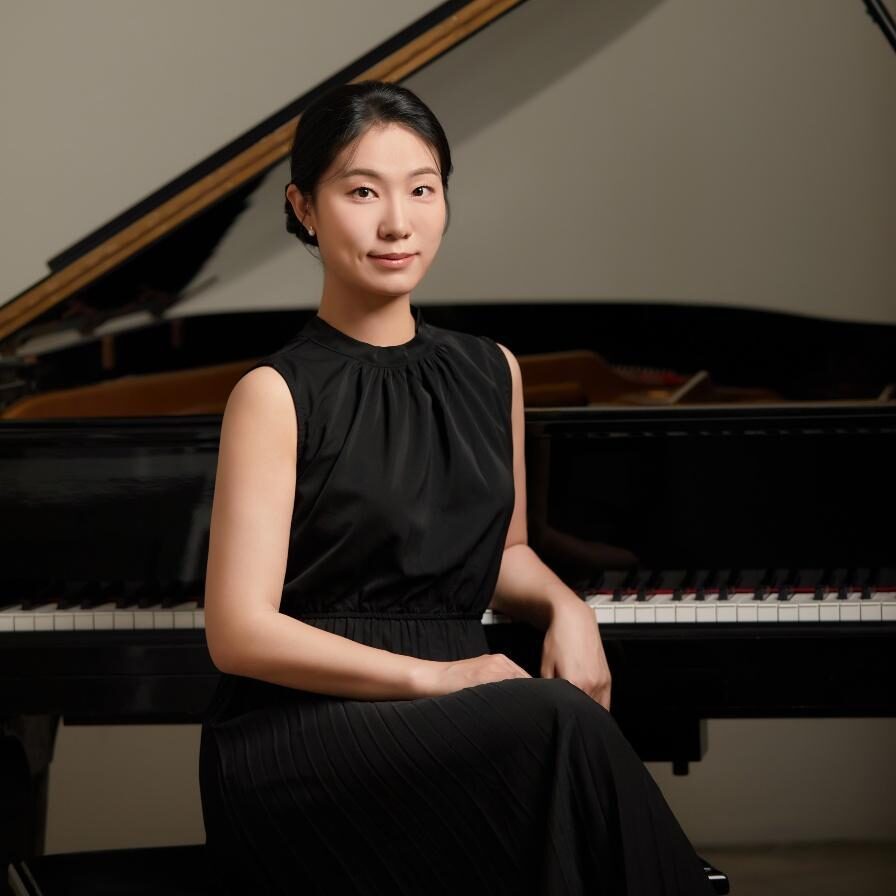
Yunjin Lee has presented recitals in South Korea, Japan, and the United States. Her performances have taken place at prestigious venues, including Weill Hall at Carnegie Hall and the Bruno Walter Auditorium at Lincoln Center in New York City. Yunjin appeared as a soloist with the Central Texas Philharmonic, performing Beethoven’s Piano Concerto No. 4, during the Texas State International Piano Festival in 2017. She actively participated in various music festivals, including the Texas State International Piano Festival in 2015 and 2017, as well as the College-Conservatory of Music Piano Festival (Art of the Piano) in 2016, where she received a full scholarship. Additionally, she took part in masterclasses conducted by renowned musicians such as Julian Martin, Boris Slutsky, Paul Schenly, James Giles, Klaus Hellwig, James Anagnoson, Jura Margulis, Yong Hi Moon, and Mi-Joo Lee.
Yunjin Lee earned her doctoral degree at The University of Texas at Austin, where she studied with Gregory Allen. Her doctoral research focused on Polystylism in Lera Auerbach’s 24 Preludes, Op. 41. Prior to that, she received a Master of Music degree from the Eastman School of Music under the guidance of Dr. Enrico Elisi. During her time at Eastman, she was the recipient of a Graduate Award Assistantship in Accompanying. Dr. Lee also holds a Bachelor of Music degree from Yonsei University, where she received a scholarship for academic excellence. During her undergraduate studies, she studied under the tutelage of Bong-Ae Shin.
Currently, Dr. Lee is a lecturer at NC State University. She teaches applied piano lessons and group piano classes, while also working as a collaborative pianist for instrumental and voice music minor students. Prior to joining North Carolina State University, she was a teaching associate at Brown University, instructing applied piano lessons and leading chamber music courses. Additionally, she taught applied piano lessons and the Piano Project Program at The University of Texas at Austin
Kurt Tseng
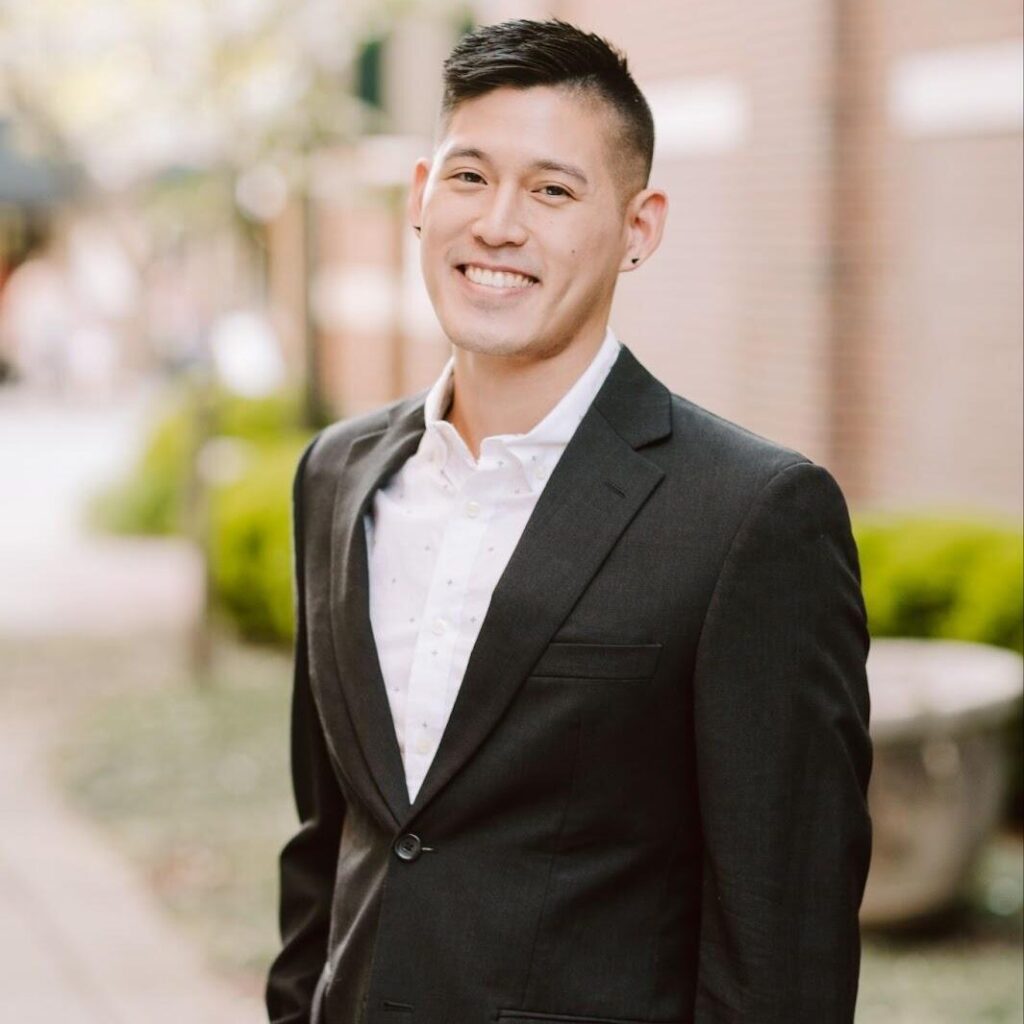
Originally from Michigan, Kurt Tseng joined the North Carolina Symphony in 2020 as Associate Principal Viola. Before moving to the Raleigh-Durham area, he was a member of the Alabama Symphony Orchestra.
Tseng has participated in many music festivals, including the Tanglewood Music Center, Schleswig-Holstein Musik Festival, and the Pacific Music Festival. As an avid chamber musician, Tseng has played music in many chambers. Recent appearances include recitals at the Carol Woods community in Chapel Hill and pre-concert performances in Meymandi Concert Hall. In particular, he has performed with the group Sodam and the All-Stars, of which he is a founding member. He also spent two years in Miami Beach as a fellow with the New World Symphony.
Tseng began his musical studies at age 5 on the piano and was a student of the Piano Pedagogy Laboratory Program at the University of Michigan, where he worked with Kelley Benson. He later pursued viola under the instruction of Patricia Pats Gurin. Tseng completed his undergraduate studies in the Boston area as part of the dual degree program between Tufts University and New England Conservatory. There he studied with Martha Katz and received a Bachelor of Music and a Bachelor of Arts in Biology with a minor in Mathematics. He subsequently earned his master’s degree from the Indiana University Jacobs School of Music, where he studied with Edward Gazouleas, and served as an Associate Instructor in music theory.
When not playing the viola, Tseng enjoys attempting to cook, bake, make drinks, and spending time with his husband Kevin Fitzgerald and their two dogs, Chipper and Bennie, who can be a real handful.
MORE FROM THE DEPARTMENT
- Categories:
